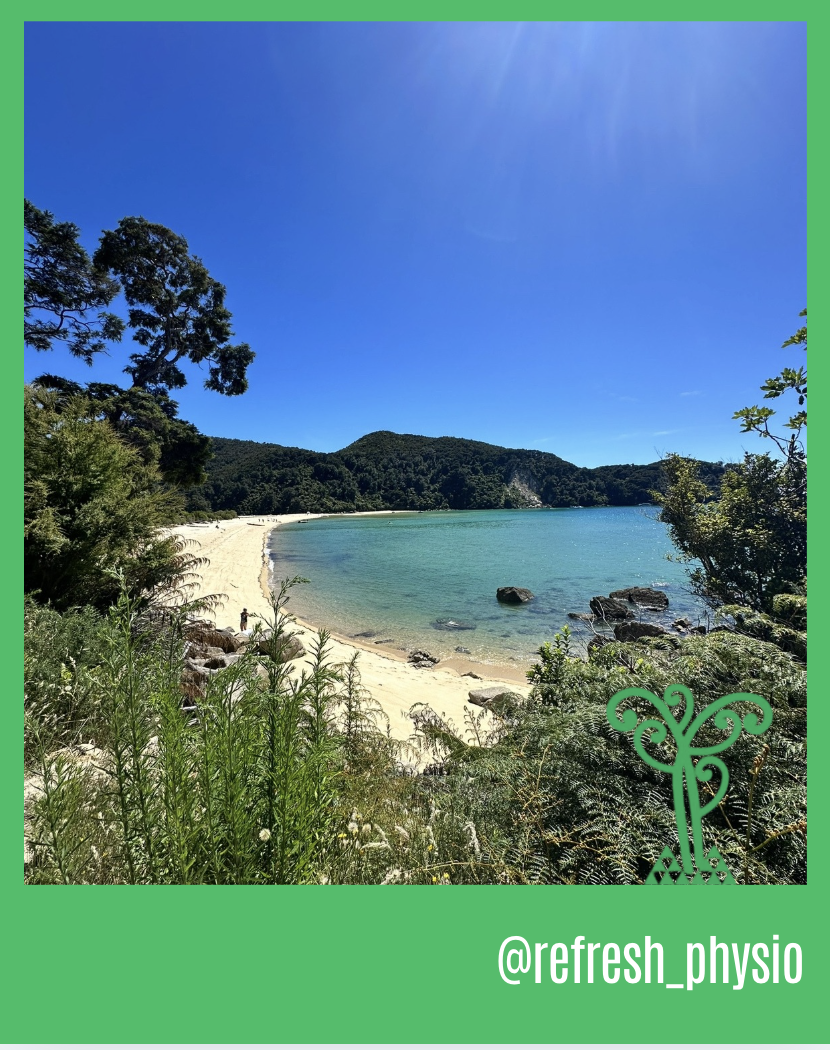The World Health Organisation (WHO) & UNICEF recommend: 🍒
early initiation of breastfeeding within 1 hour of birth; 🍒
exclusive breastfeeding for the first 6 months of life; 🍒 &
introduction of nutritionally-adequate & safe complementary (solid) foods at 6 months together with continued breastfeeding up to 2 years of age or beyond. 🍒
Breast Milk – contains antibodies which help protect against many common childhood illnesses. 🍒
It provides all the energy & nutrients that the infant needs for the first months of life, & it continues to provide up to half or more of a child’s nutritional needs during the second half of the first year & up to one third during the second year of life. 🍒
Benefits of breastfeeding to Mother & can help lower the risk for :- 🍒
→ Breast & ovarian cancer 🍒
→ Type 2 diabetes 🍒
→ High blood pressure 🍒
Benefits to infants – it is the best nutritional source & can help lower the risk for :- 🍒
→ Asthma 🍒
→ Obesity 🍒
→ Sever lower respiratory disease 🍒
→ Acute otitis media (ear infections) 🍒
→ Gastrointestinal infections (diarrhea/ vomiting) 🍒
→ Type 1 diabetes 🍒
→ Sudden Infant Death Syndrome (SIDS) 🍒
We must create supportive & safe environments for mothers who choose to breastfeed…. 🍒
#supportformums #everyfeedingjourney #breastfeedingsupport #everymumeverybaby #noshameinfeeding #inclusiveparenting #compassionovercomparison #maternalhealth 🍒
The World Health Organisation (WHO) & UNICEF recommend: 🍒
early initiation of breastfeeding within 1 hour of birth; 🍒
exclusive breastfeeding for the first 6 months of life; 🍒 &
introduction of nutritionally-adequate & safe complementary (solid) foods at 6 months together with continued breastfeeding up to 2 years of age or beyond. 🍒
Breast Milk – contains antibodies which help protect against many common childhood illnesses. 🍒
It provides all the energy & nutrients that the infant needs for the first months of life, & it continues to provide up to half or more of a child’s nutritional needs during the second half of the first year & up to one third during the second year of life. 🍒
Benefits of breastfeeding to Mother 🍒
Lower risk for :- 🍒
→ Breast & ovarian cancer 🍒
→ Type 2 diabetes 🍒
→ High blood pressure 🍒
Benefits to infants – it is the best nutritional source & lowers the risk for :- 🍒
→ Asthma 🍒
→ Obesity 🍒
→ Sever lower respiratory disease 🍒
→ Acute otitis media (ear infections) 🍒
→ Gastrointestinal infections (diarrhea/ vomiting) 🍒
→ Type 1 diabetes 🍒
→ Sudden Infant Death Syndrome (SIDS) 🍒
We must create supportive & safe environments for mothers who choose to breastfeed 🍒
Hormones that are responsible for milk production & maintenance 🍒
Oestrogen + Progesterone + hPL (human placental lactogen) in the placenta lead to the development of the ductal system in the breast. 🍒
Prolactin transforms mammary epithelial cells into lactocytes (milk making cells) 🍒
LACTOGENESIS I = from 12 weeks gestation/pregnant, COLOSTRUM starts to be formed 🍒
The breast = a milk-producing organ. 🍒
Oestrogen & progesterone suppress prolactin during pregnancy 🍒
Hormones that are responsible for milk production & maintenance 🍒
LACTOGENESIS II = “Milk coming in” 🍒
From birth – 48 hours postpartum 🍒
Placenta expulsion from the uterus triggers → 🍒
↓ hPL (within hours) 🍒
↓ Progesterone & oestrogen → 🍒
↑ Prolactin → copious milk secretion. 🍒
Nipple stimulation/suckling → 🍒
Prolactin ( + insulin + cortisol) = → milk synthesis 🍒
Oxytocin → ‘Let-down’ (milk ejection reflex). 🍒
Oxytocin release = pulsatile for 20-60 seconds (….. gulp, gulp, gulp….) 🍒
Prolactin levels decrease 30 minutes after a feed 🍒
Hormones that are responsible for milk production & maintenance 🍒
LACTOGENESIS III = Galactopoiesis (Supply & Demand = Autocrine control). 🍒
Removal of breast milk (by baby or breast pump) & stimulation of breasts is the primary regulator of long term milk supply. 🍒
If milk accumulates, Feedback Inhibitor of Lactation (FIL, a small whey protein produced in the breast) slows further synthesis. 🍒
Te timatanga o te reo, Kei nga waiū o te whaea 🍒
The beginning of language, is at the breast of a mother 🍒








